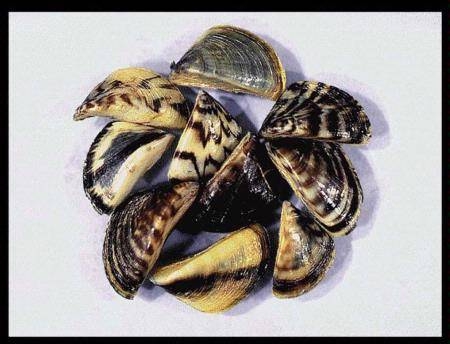The University of California’s Early Detection Monitoring Manual for Quagga and Zebra Mussels publication defines aquatic invasive species (AIS) as ”non-native aquatic organisms that have caused, or likely will cause economic or ecological harm or impacts to human health (pg 1).”
Written by Ventura County UCCE’s Carolynn Culver and Monique Myers and Los Angeles County UCCE’s Sabrina Drill and Valerie Borel, this publication gives great background information while providing clear guidelines and instructions for monitoring small lakes, reservoirs and streams in California and is designed especially for citizen volunteer and monitoring groups. We hope that early detection of these species in California’s waterways will reduce their negative impacts. From the manual:
The sooner a population is detected, the more time there will be to take action and the higher the likelihood of successful eradication. Responding to an infestation at an early stage is also referred to as rapid response. Rapid response plans for AIS in general, and quagga/zebra mussels in particular, are being developed and updated in California (pg 1).”
For more information about these invasive species, check out the California Department of Fish and Game website at http://www.dfg.ca.gov/invasives/quaggamussel/. Anyone interested in monitoring a water body is encouraged to contact your local Fish and Game authorities to coordinate efforts.
The Early Detection Monitoring Manual for Quagga and Zebra Mussels is available for viewing in the Ventura UCCE office (please call first to make sure) and for purchase online at http://anrcatalog.ucdavis.edu/. Use promo code PRVEN56 at checkout to receive a 10% discount. For orders of five or more, please contact our office for bulk discount rates.
